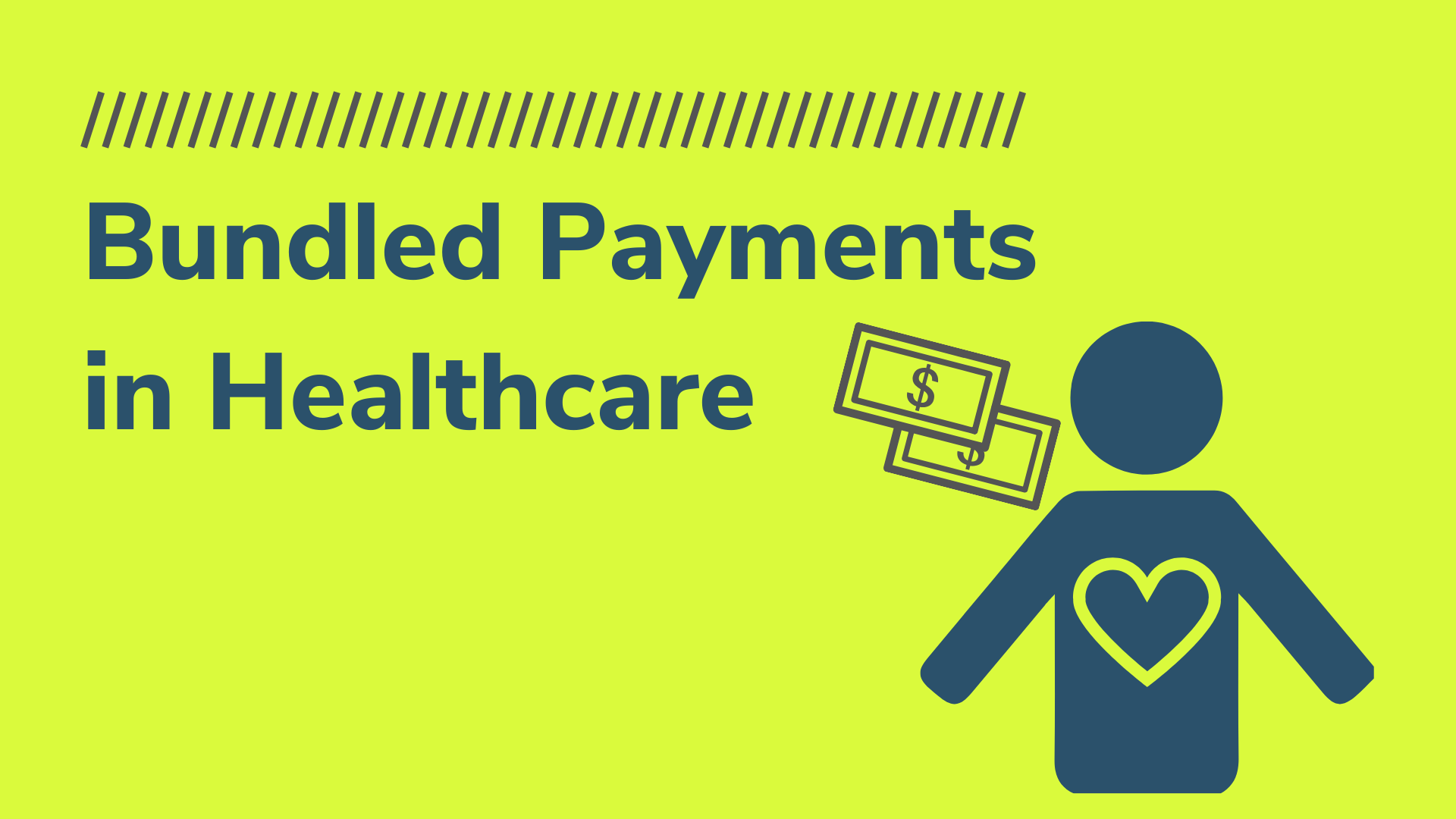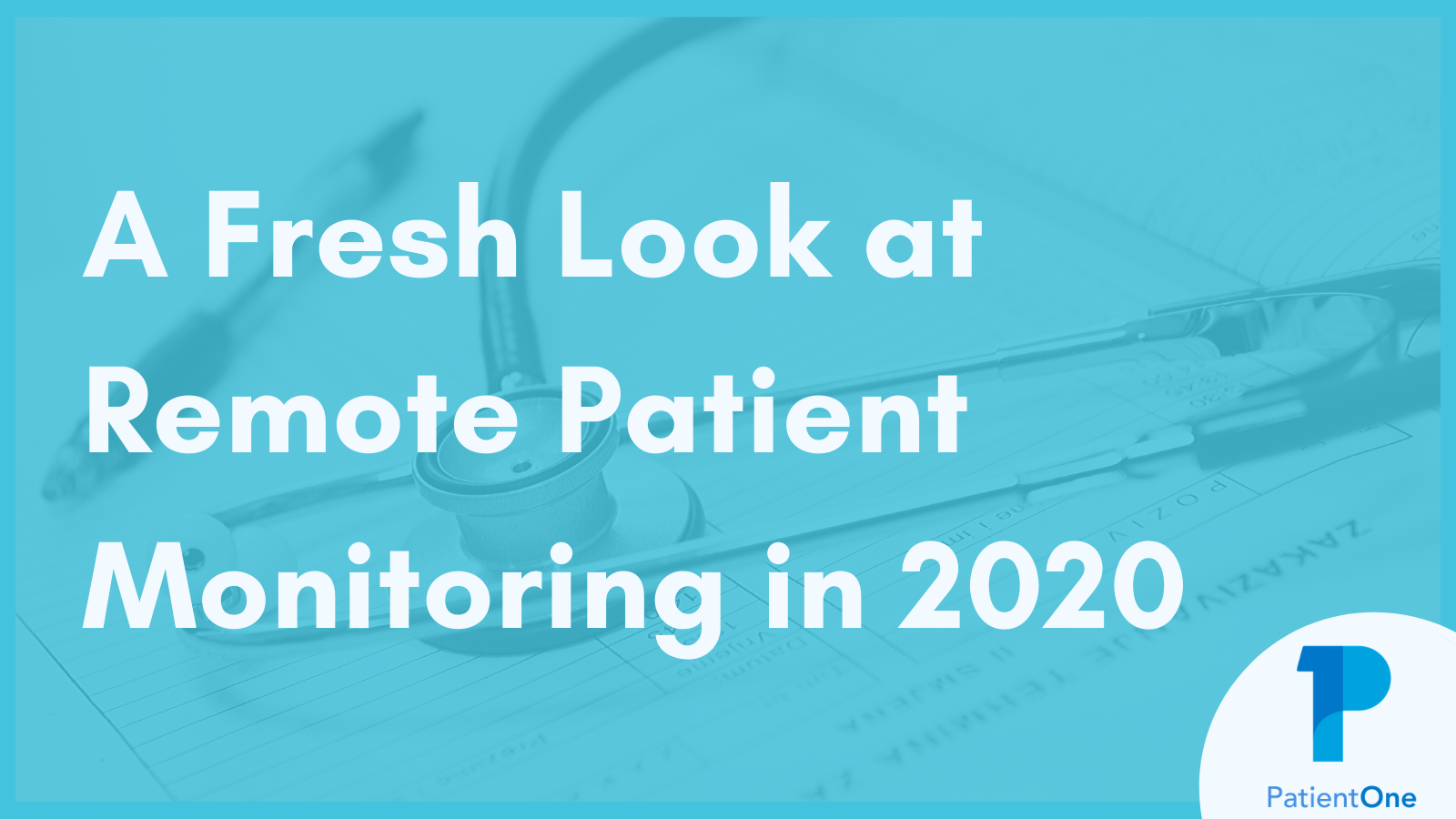Blog
Our latest news and thoughts
- All Posts
-
- Healthcare
- Remote Patient Monitoring
- Connected Care
- Patient Satisfaction
- Digital Innovation
- Standard of Care
- CMS
- Connected Health Devices
- Medicare
- Reducing Expenses
- Connected Health
- Patient Provider Relationship
- Bundled Payments
- Bundled Payments for Care Improvement
- Clinical Empathy
- Coronavirus
- Entrepreneurship
- Optimize Costs
- Physician Burnout
- Revenue
The What's What of Connected Health
Topics: Remote Patient Monitoring, Healthcare, Standard of Care, Connected Care, Digital Innovation, Connected Health Devices
December 19, 2019
by Dozie Ezerioha, MD
With so many new types of technology, modes of communication, and emerging care models, it can be really difficult to know exactly what’s what in healthcare. Telemedicine, telehealth, and telecare are confusing enough, but when you try to delve deeper into the true meaning of each, things get even more convoluted. A quick Google search does little to clear up the confusion, so I put together this blog post to help iron things out.
In an attempt to create a common understanding of these terms, I have quoted the three “tele-definitions” from the Federal Communications Commission:
.png?width=826&name=Connected%20Health%20Blog%20(7).png)
From these definitions, it’s much easier to begin to understand these new, developing facets of American healthcare. Telemedicine must involve a doctor at “Location A” who provides clinical services to a patient at “Location B”. Though very much alike, Telehealth allows for other clinicians (such as nurses and medical assistants) to provide care and supportive services. Telecare, then, is where devices such as Fitbits and at-home blood pressure monitors fit in. Telecare does not need to include medical professionals and can be used directly by anyone at any time.
Telehealth is the most encompassing of these three iterations of healthcare and wellness. Under its scope are Remote Patient Monitoring (RPM) and Chronic Care Management (CCM) services such as those provided by PatientOne. Thanks to the Centers for Medicare and Medicaid Services, RPM and CCM services no longer require that the professional providing these digital healthcare services to a patient be only a medical doctor. By extending the ability to monitor a patient’s health to other clinicians in the office, these services are becoming far more available and much more popular.
Telehealth services such as RPM have adopted the best parts of telemedicine while leaving behind the most burdensome. Allowing nurses and medical assistants to remotely care for patients frees up time for physicians and allows them to prioritize in-person appointments with those who truly need them. On the flip side, this means that lower-risk patients are able to save money by receiving care in the comfort of their own homes. Should a hospital or clinic employ tools such as PatientOne, they can rest assured that the quality of care enjoyed by their patients never falters — in fact, it will only improve.
Connected Health is changing the way that our doctors provide care while also improving the patient experience. Systems such as PatientOne include the use of connected health devices to provide real-time data to clinics. This data, generated from the patient’s location, offer well-rounded insights into a patient’s health and allow for the inclusion of all members of the care team. Though questions of data accuracy and subsequent quality of care were once common concerns, health technology has dramatically improved care by providing more accurate information than was previously gathered from only fifteen minutes in the clinic.
Though navigating Connected Health was once a treacherous feat, it is now a highly reliable standard of quality care. Click here to learn more about including RPM and CCM services at your practice using PatientOne.
%20(1).png?width=128&name=Carrie%20Nixon%20round%20(2)%20(1).png) Dr. Dozie Ezerioha is the Chief Medical Informatics Officer at PatientOne. For almost a decade, he’s tackled healthcare’s most pressing real-world challenges by finding ways to fix the system to deliver better outcomes. Dozie’s background in life sciences, engineering and medicine, and his passion for optimizing the patient healthcare experience, drives his patient-centric approach to building innovative health technology.
Dr. Dozie Ezerioha is the Chief Medical Informatics Officer at PatientOne. For almost a decade, he’s tackled healthcare’s most pressing real-world challenges by finding ways to fix the system to deliver better outcomes. Dozie’s background in life sciences, engineering and medicine, and his passion for optimizing the patient healthcare experience, drives his patient-centric approach to building innovative health technology.




